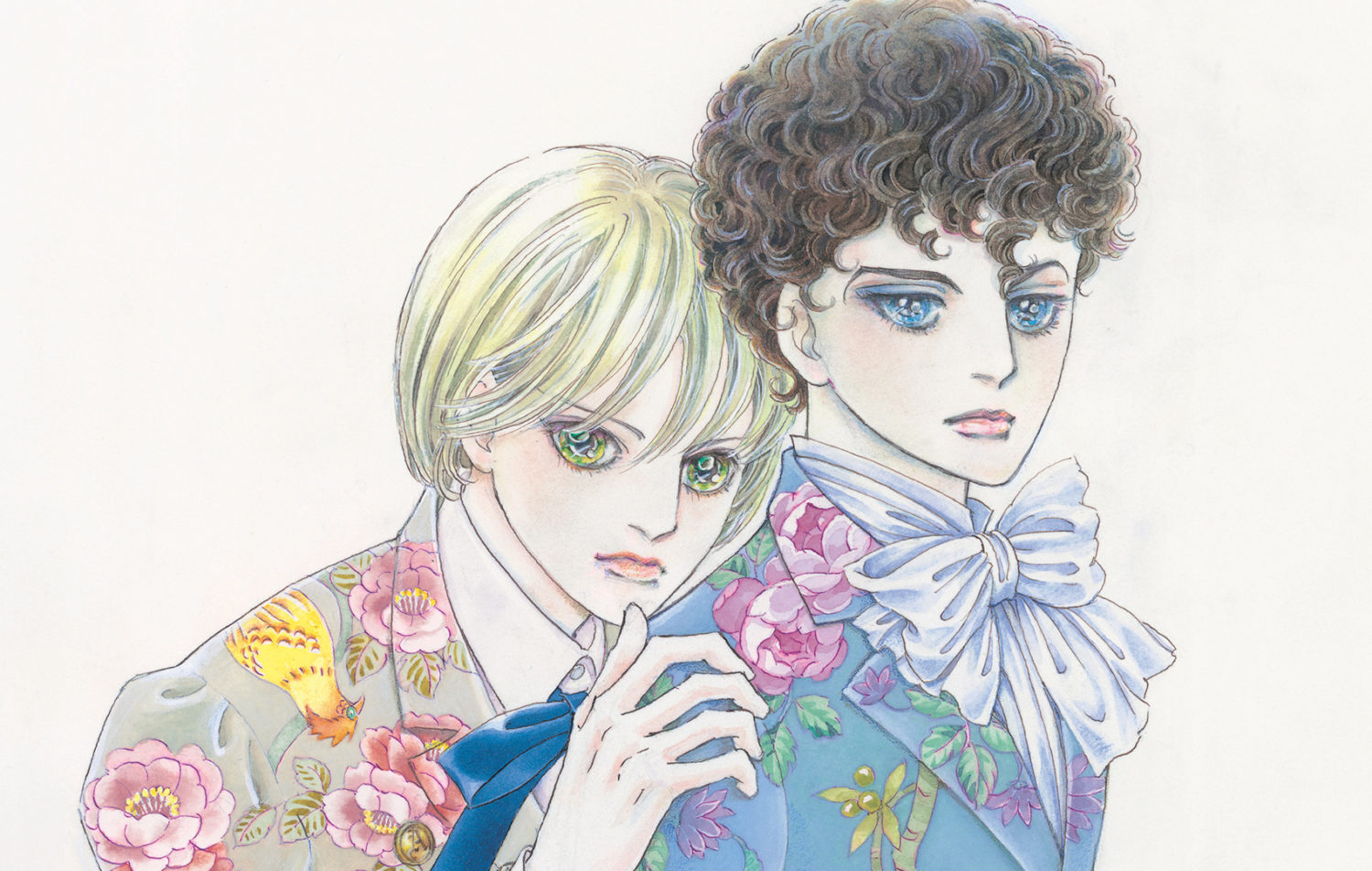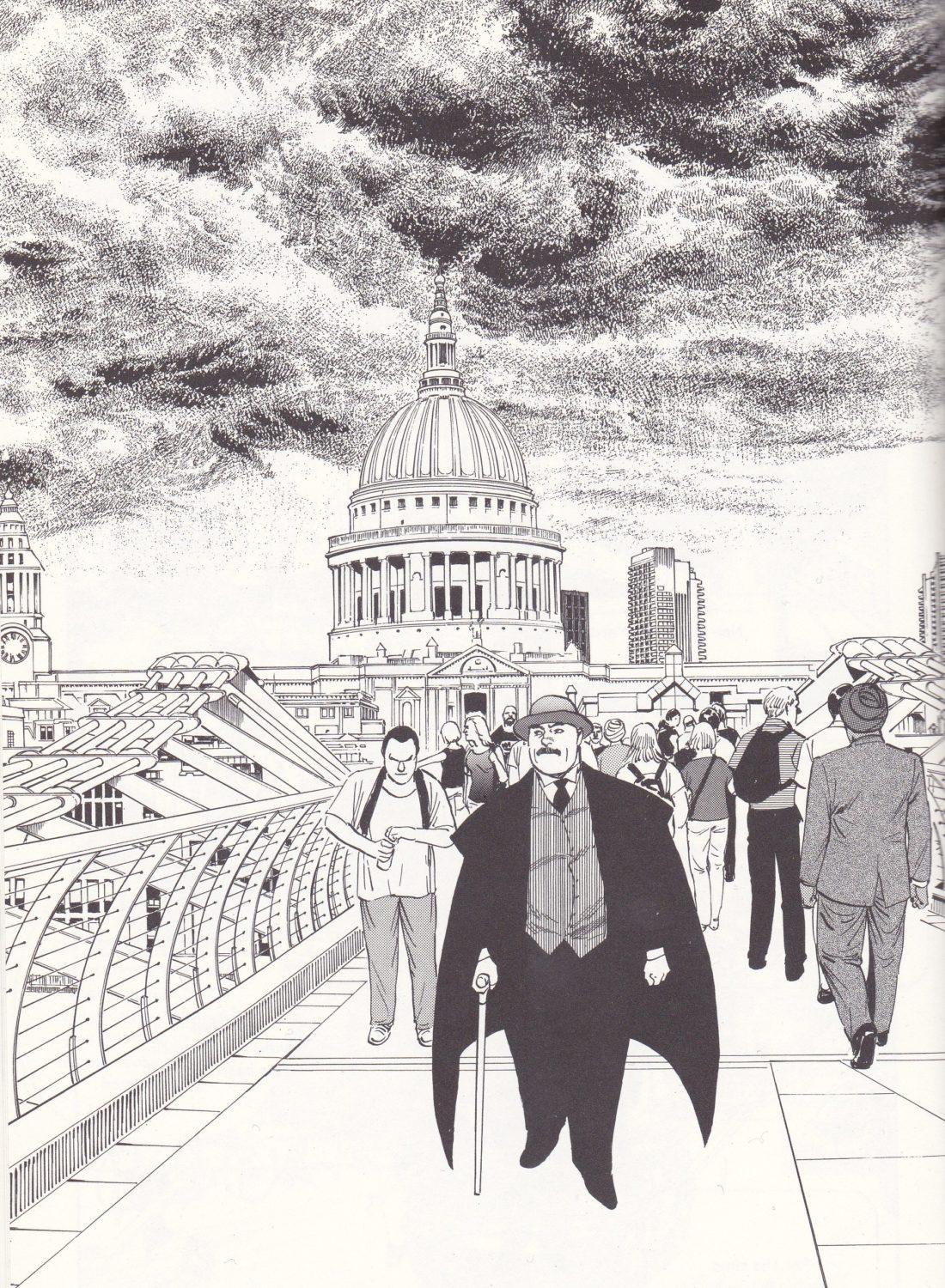A Brief History Of Manga, The Japanese Graphic Art Of Storytelling
By Something CuratedOpening tomorrow, 23 May, and running until 26 August 2019, the British Museum hosts the largest exhibition of manga ever held outside of Japan, curated by Tim Clark. Manga are Japanese comic books or graphic novels with a twist, serialised in magazines and read by a global audience. A multi-billion-pound business that embraces anime and gaming, manga are a global phenomenon and have forged a new international visual language. The original translation from Japanese to English of “manga” means “pictures run riot,” first associated with the great 19th-century Japanese artist Katsushika Hokusai whose miscellaneous drawings of people, animals and nature were published under the title Hokusai Manga.

Hartwig Fischer, Director of the British Museum, says: “Manga, the modern graphic art of storytelling first perfected in Japan is now loved all over the world. Building on Japan’s centuries-old tradition, the best manga have the visual power to excite us and draw us into their world, with inventive storylines that engage our emotions. The British Museum cares for one of the finest collections of Japanese graphic art in the world. It is our privilege to invite the modern masters of manga to join company in this exhibition with the great masters of the past such as Hokusai and Kyōsai.”
One of the most exciting objects brought to the UK for the exhibition is the Shintomiza Kabuki Theatre Curtain, loaned by the Waseda University Theatre Museum, Tokyo. At 17 metres long and 4 metres high, this giant curtain was originally made to be displayed between acts at the Shintomiza Kabuki Theatre and is shown in its full dynamic splendour along one wall of the Sainsbury Exhibition Gallery. Created in 1880 by the painter Kawanabe Kyōsai, the curtain features painted demons and ghosts which emerge from the interplay of lines and colours, leaping out and blurring the worlds of reality and fantasy, as in much of Kyōsai’s art and the printed manga books he produced.
With a vast variety of styles and subject matter, manga offers something to all demographics, reflecting different voices, identities and forms of expression. Breaking the Guinness Book of World Records for the most copies sold for the same title by a single author, the manga ONE PIECE written by Oda Eiichirō is a global craze. Manga can also tackle serious issues; for example, Princess Jellyfish (Kuragehime) a manga series written and illustrated by female artist Higashimura Akiko. The series explores expression of gender and identity through a fictional apartment building in Tokyo where only female tenants are allowed. A friendship is formed between one of the tenants and the illigitimate son of a politician, who cross-dresses to avoid his patriarchal duties and to feel closer to his mother.

Featuring unprecedented loans from across Japan, Manga at the British Museum reveals the inner-workings of this industry. The exhibition design and interpretation transports visitors into an immersive world, including a three-dimensional rendering of the oldest surviving manga bookshop in Tokyo, and a special photo booth. Interestingly, the British Museum has itself starred in a manga, in Hoshino Yukinobu’s 2010 Professor Munakata’s British Museum Adventure, in which a popular character, professor of folklore at the fictional Tōa Bunka University, embarks on a gripping adventure of potential robbery and retribution in the Museum galleries.
Manga マンガ at The British Museum | 23 May – 26 August 2019
Feaute image: Detail from Kawanabe Kyōsai’s stage curtain. © The Tsubouchi Memorial Theatre Museum, Waseda University (via The British Museum)